Statistics
Type of resources
Available actions
Topics
Keywords
Contact for the resource
Provided by
Years
Formats
Representation types
Update frequencies
Service types
-
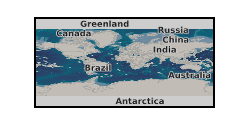
This service provides access to the World Mineral Statistics database data.
-
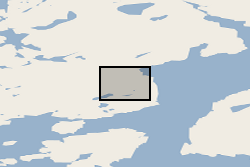
Scanned and annotated thin sections, in plane-polarised and cross-polarised light. Derivative statistical data for mineral grainsize and spatial distribution. Younger Giant Dyke, Tugtutoq, South Greenland.
-
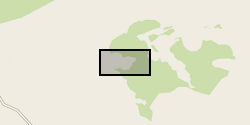
Scanned and annotated thin sections, in plane-polarised and cross-polarised light. Derivative statistical data for mineral grainsize and spatial distribution.
-
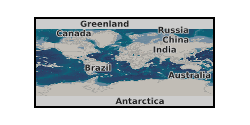
This web service shows the centroids for countries for which there are minerals statistics data (Imports, Exports, Production) in the World Mineral Statistics database. A GetFeatureInfo request can retrieve some of the data for the country queried, but to get all data you should used the associate WFS.
-
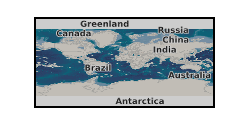
Fission track and U-Th-He data used to test HeFTy and QTQt thermal history modelling software. Longmen Shan, Szechuan Province, China. Data received from NERC grant NE/K003232/1 4He/3He laser microprobe analysis: a disruptive new technology for in-situ U-Th-He thermochronology. Three HeFTy input files and two QTQt input files containing fission track lengths and U-Th-He data needed to reproduce Figures 7 and 8 of Vermeesch and Tian (2014, doi:10.1016/j.earscirev.2014.09.010)
-

The UK is an important producer of a range of minerals that are consumed in many sectors of the economy. Some 185.9 million tonnes of minerals were extracted from the UK landmass for sale in 2022. A further 91.3 million tonnes, consisting mainly of oil and gas (oil equivalent), but also marine–dredged sand and gravel, were extracted from the UK Continental Shelf. The United Kingdom Minerals Yearbook is an annual publication providing comprehensive statistical data on minerals production, consumption and trade, and includes commentary on the UK's minerals industry. It contains: essential guidance for decision makers reliable and up-to-date information authoritative commentary on current developments It is of value to all those interested in the many facets of Britain's minerals industry and its contribution to the national economy. This publication forms part of Britain's continuous mining and quarrying record.
-
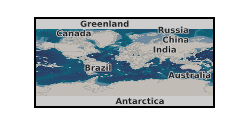
The British Geological Survey has one of the largest databases in the world on the production and trade of minerals. The dataset contains annual production statistics by mass for more than 70 mineral commodities covering the majority of economically important and internationally-traded minerals, metals and mineral-based materials. For each commodity the annual production statistics are recorded for individual countries, grouped by continent. Import and export statistics are also available for years up to 2002. Maintenance of the database is funded by the Science Budget and output is used by government, private industry and others in support of policy, economic analysis and commercial strategy. As far as possible the production data are compiled from primary, official sources. Quality assurance is maintained by participation in such groups as the International Consultative Group on Non-ferrous Metal Statistics. Individual commodity and country tables are available for sale on request.
 NERC Data Catalogue Service
NERC Data Catalogue Service